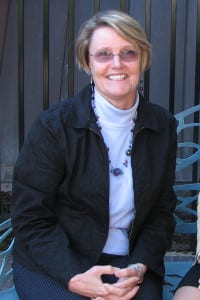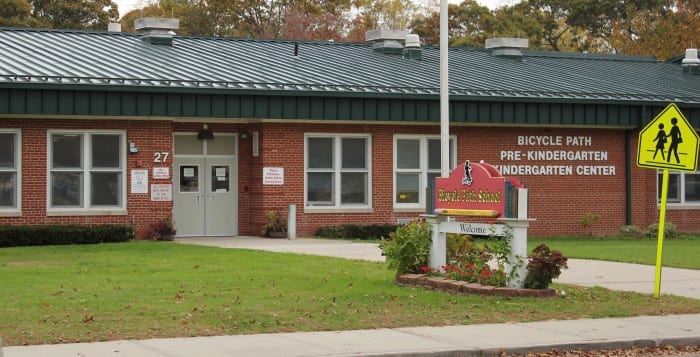By Mallika Mitra
For the sixth year, 65 Elm Ave. in Coram exhibits holiday spirit with the help of more than 70,000 LED lights, handmade decorations and music.
In the past, Arthur Giove Jr. decorated his house with just a few lights and simple decorations. But years ago, he began researching online about how to create a show on his front lawn with bright lights, yard inflations and elaborate decorations.
The light show can now be seen every night from Thanksgiving to New Years between 5 and 11 pm.
Giove has made about 90 percent of the decorations on his lawn by himself. A computer in his garage is setup with a FM transmitter, which allows people to hear the music on 107.3 FM coordinated with the light show, as well as through speakers in front of the house. The light show is around half an hour long and includes 13 holiday songs.
“It’s not just a big cluttered mess,” Giove said. “It’s all coordinated.”
At the front of the house sits a donation box, collecting money from visitors for the Suffolk County Make-A-Wish Foundation and St. Jude Children’s Research Hospital.
Giove has been collecting donations during the holidays for the past five years. This year, he introduced a new donation box.
“Every year I add, I take stuff down and replace it,” he said.
He estimated he has collected about $40,000 over the years for the charities.
Other changes to this year’s show include the addition of 6-foot snowflakes, two 8-foot spiral trees and elves that pop out of their boxes.
“I don’t even have to tell people what’s new,” Giove said. “They’ve been coming every year, so they know.”
Giove works on the light show all year with the help of his wife and children. He begins by making the lights and decorations in February, March and April. Then, he spends the spring and summer choreographing the show. In October, Giove begins decorating. He has spent upward of $15,000 on creating the winter wonderland.
As the holidays get closer, Elm Avenue welcomes a line of cars, filled with people wanting to see Giove’s show.
“Sometimes you can’t even get down the block,” he said. “Some people stay for two minutes and some stay for two hours.”
The neighbors don’t mind having such a popular light show on their street.
“Everybody loves it,” said Lynn Sarppraicone, who lives two blocks away from Giove’s house. “We come here every year.”
“Facebook has been a tremendous help,” Giove said about making his show known. The Facebook page, titled “Elm Avenue Dancing Light Show,” has received more than 1,700 likes.
Drive over to 65 Elm Ave. in Coram on Friday, Dec. 13, at 7 pm to see Santa, elf on the shelf and Dave the minion during the light show.












